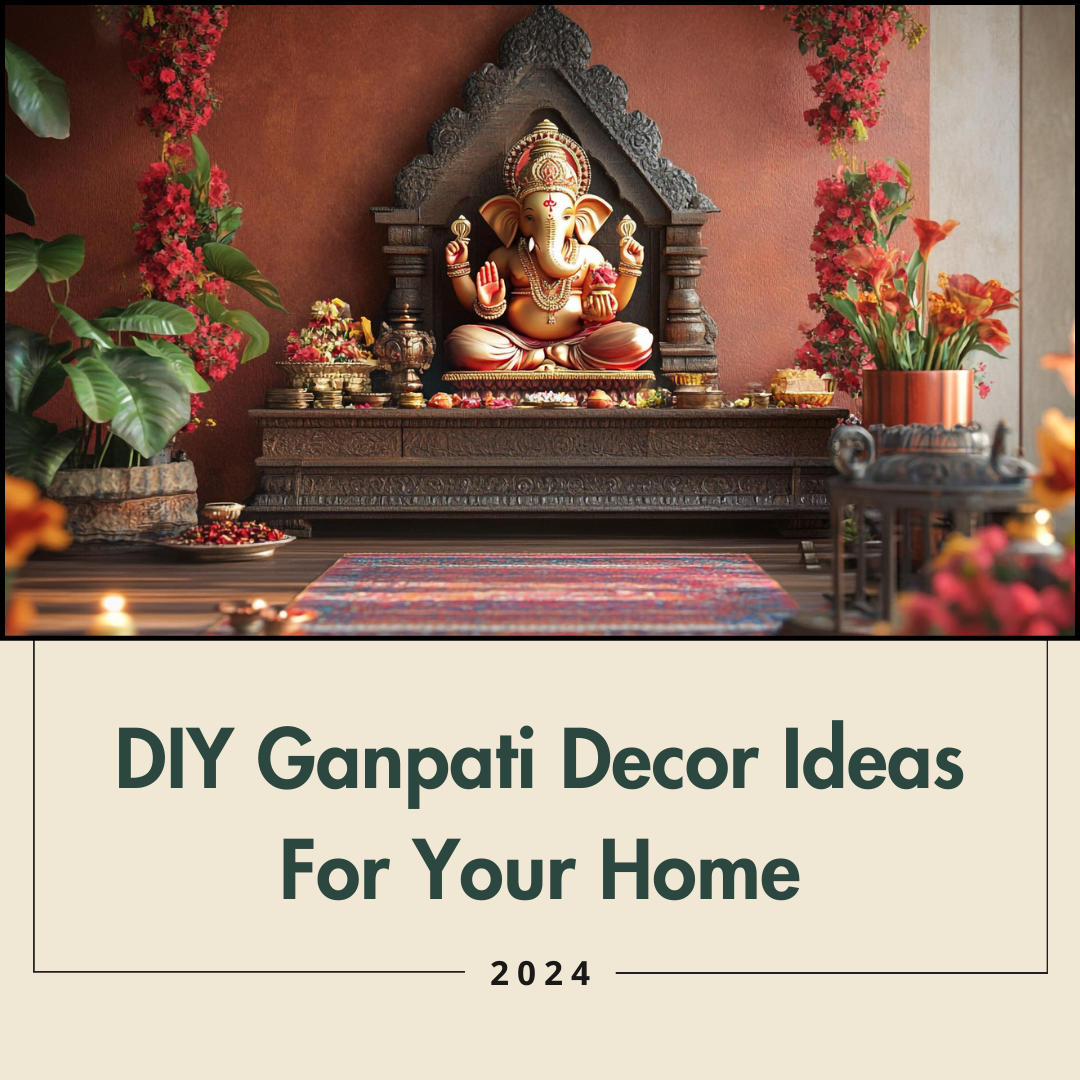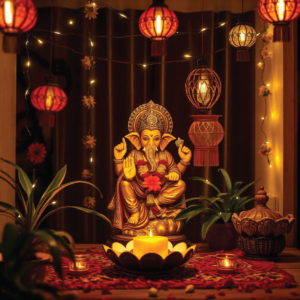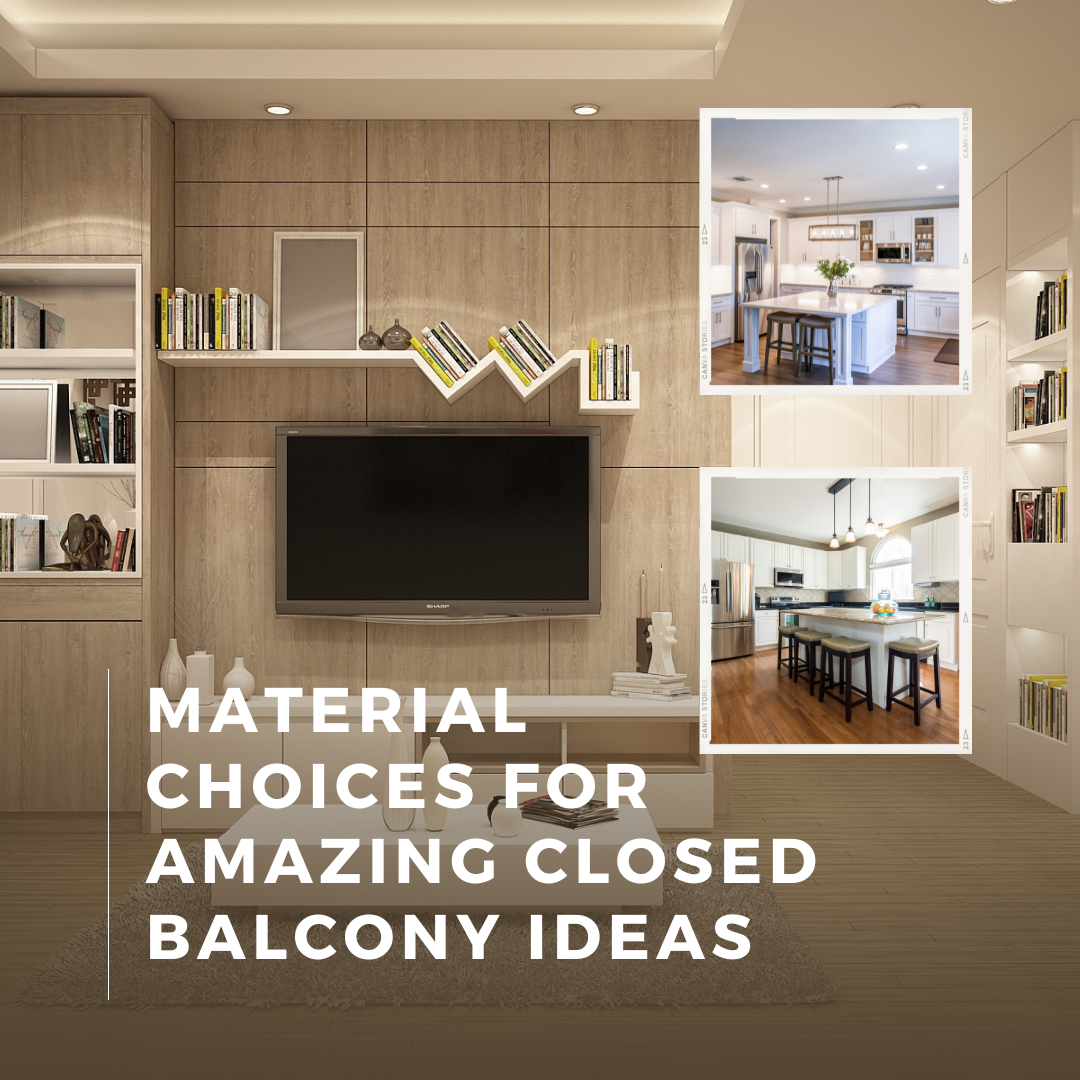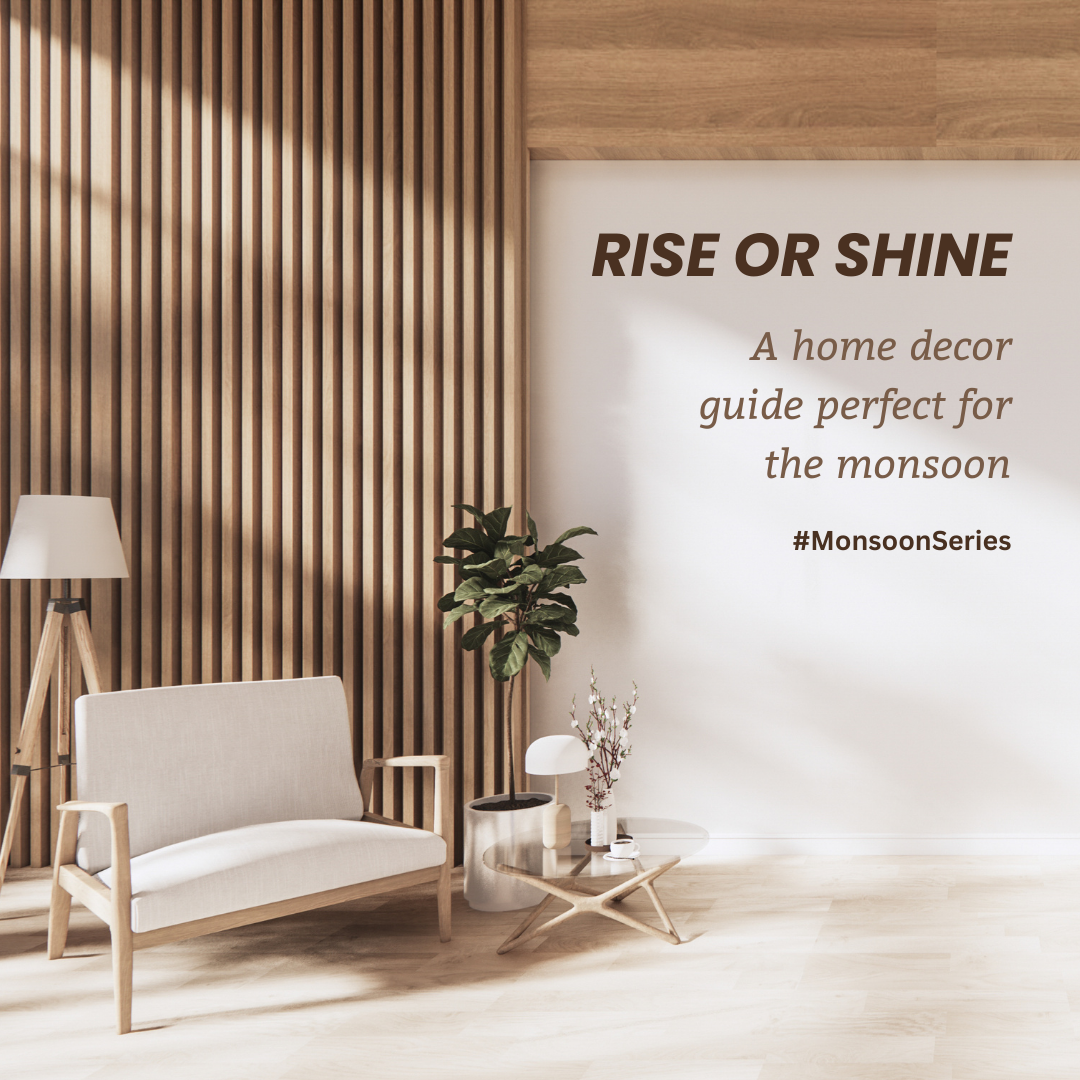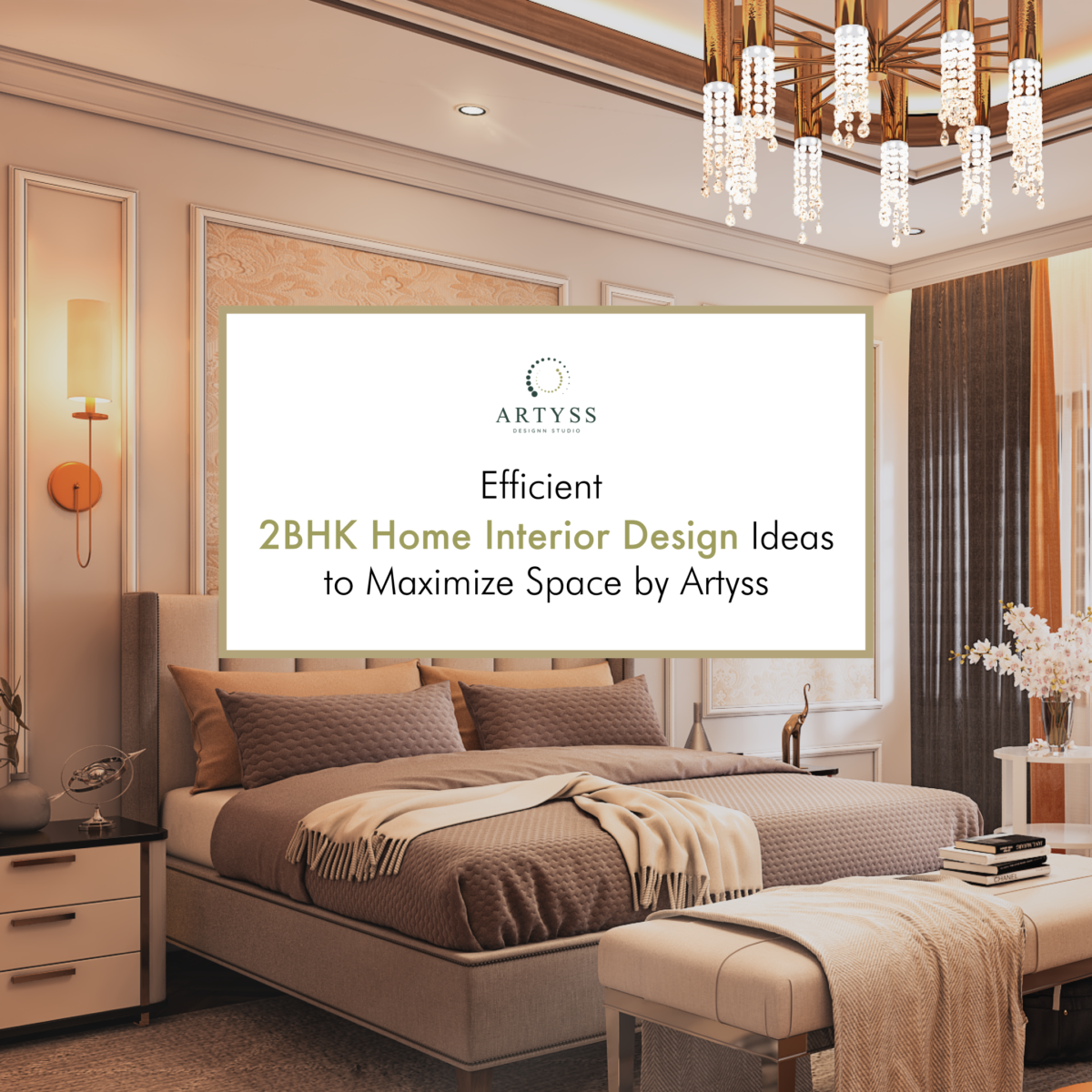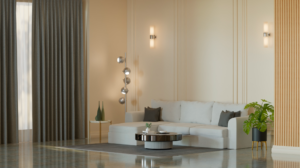Monsoon season brings a cozy and inviting atmosphere to your living room. The right lighting can enhance this ambiance and create a warm and relaxing space.
Here’s a guide to help you choose the perfect lighting for your living room during the rainy season:

1. Consider the Mood
- Relaxing and Cozy: Opt for warm-toned light sources like incandescent bulbs or tungsten filament bulbs to create a soothing and inviting atmosphere.
- Energetic and Stimulating: If you prefer a more vibrant and energetic ambiance, go for cool-toned light sources like fluorescent or LED bulbs.
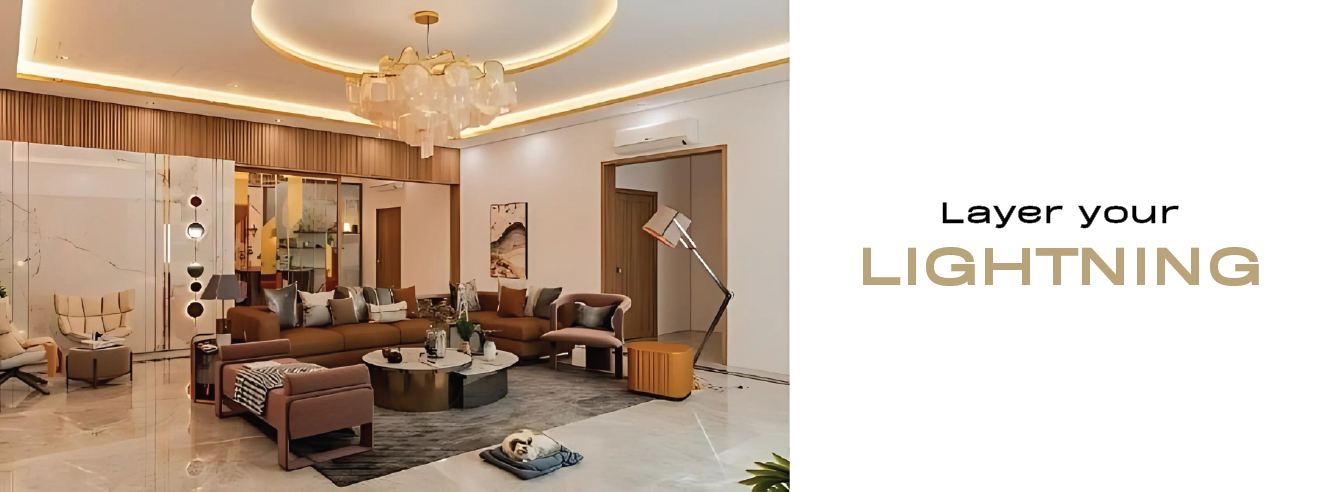
2. Layer Your Lighting
- Ambient Lighting: Provide overall illumination with ceiling lights or chandeliers. (With Area or Room
- Task Lighting: Use floor lamps, table lamps, or under-cabinet lighting for specific tasks like reading or working. ( With Study Areas
- Accent Lighting: Highlight artwork, plants, or architectural features with recessed lighting, wall sconces, or spotlights.
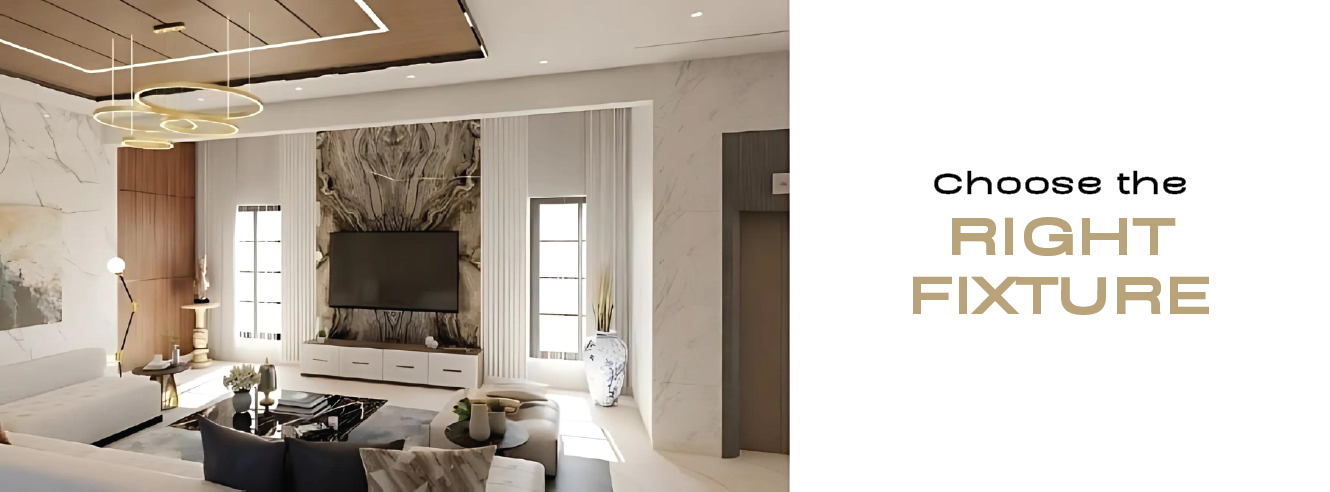
3. Choose the Right Fixture
- Style: Select fixtures that complement your living room’s decor and personal style.
- Material: Consider materials like metal, glass, or wood that are suitable for the monsoon season and won’t be affected by moisture.
- Dimmability: Opt for dimmable fixtures to adjust the lighting intensity according to your mood and activities.
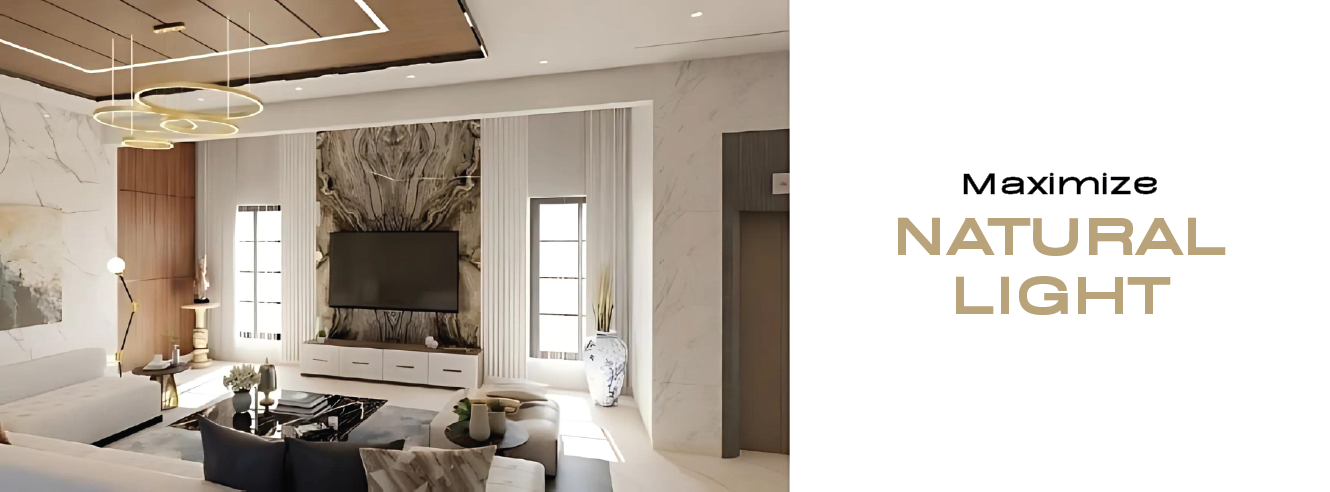
4. Maximize Natural Light
- Sheer Curtains: Use sheer curtains or blinds to allow natural light to filter in during the day, while still providing privacy.
- Mirrors: Place mirrors strategically to reflect natural light and create a brighter, more spacious feeling.
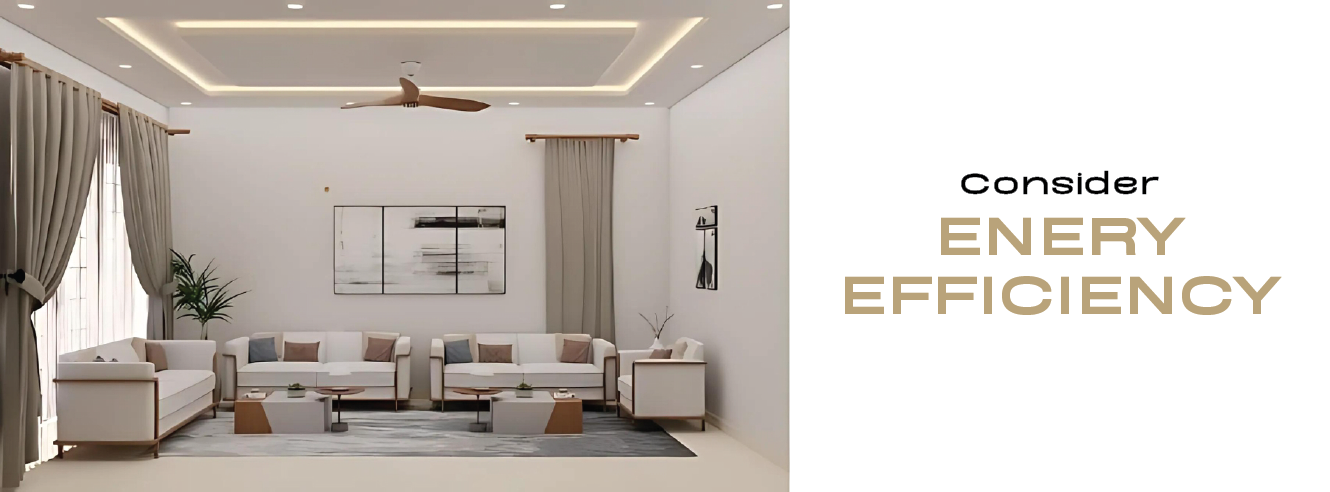
5. Consider Energy Efficiency
- LED Bulbs: Choose energy-efficient LED bulbs to reduce your electricity consumption and save money.
- Smart Lighting: Explore smart lighting options that allow you to control the lighting intensity and color temperature from your smartphone or tablet.
By following these tips, you can create a comfortable and inviting living room that perfectly complements the monsoon season. Remember to experiment with different lighting combinations to find the ideal ambiance for your space.





